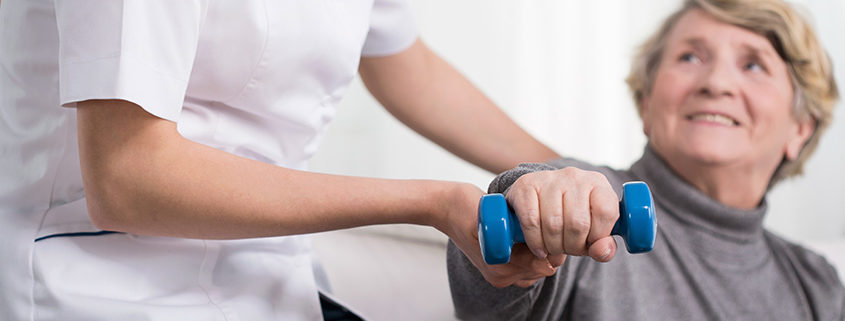Stroke is the fifth leading cause of death in the United States. However, if given the proper medical attention, those who suffer from strokes can not only survive, but can also continue on to have successful and productive lives. There are two variations of a stroke: hemorrhagic and ischemic. While hemorrhagic strokes only account for 15% of stroke incidences, they are far more dangerous. This type of stroke results from a brain aneurism burst that leads to leakage of blood. Blood leakage consequentially causes inflammation, elevated pressure, and tissue narcosis. Contrarily, ischemic strokes are caused by vascular clotting. After clotting, part of the brain is blocked from proper blood supply. A blockage can be the result of a blood clot or plaque debris entering from other parts of the body (embolic stroke) or it can be the result of local arterial clotting, which is likely a result of high cholesterol levels and atherosclerosis (thrombic stroke). Brain damage is due to hypoxia, ischemia, and the resulting narcosis.
| MYTH | FACT |
|---|---|
| MYTH: Stroke cannot be prevented. | FACT: Up to 80 percent of strokes are preventable. |
| MYTH: There is no treatment for stroke. | FACT: At any sign of stroke call 9-1-1- immediately. Treatment may be available. |
| MYTH: Stroke only affects the elderly. | FACT: Stroke can happen to anyone at any time. |
| MYTH: Stroke happens in the heart. | FACT: Stroke is a “brain attack”. |
| MYTH: Stroke recovery only happens for the first few months after a stroke. | FACT: Stroke recovery is a lifelong process. |
| MYTH: Strokes are rare. | FACT: There are nearly 7 million stroke survivors in the U.S. Stroke is the 5th leading cause of death in the U.S. |
| MYTH: Strokes are not hereditary. | FACT: Family history of stroke increases your chance for stroke. |
| MYTH: If stroke symptoms go away, you don’t have to see a doctor. | FACT: Temporary stroke symptoms are called transient ischemic attacks (TIA). They are warning signs prior to actual stroke and need to be taken seriously. |
– From Stroke.org
Stroke symptoms include:
- SUDDEN numbness or weakness of face, arm or leg, especially on one side of the body
- SUDDEN confusion, trouble speaking, or understanding
- SUDDEN trouble seeing in one or both eyes
- SUDDEN trouble walking, dizziness, loss of balance or coordination
- SUDDEN severe headache with no known cause
Call 9-1-1 immediately if you observe any of these symptoms. Note the time of the first symptom. This information is important and can affect treatment decisions.
Life after a stroke can be difficult. However, we are here to maximize your full potential and reach the highest possible quality of life. Pathways is here to empower you and help you conquer your personal goals.


